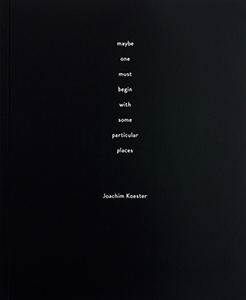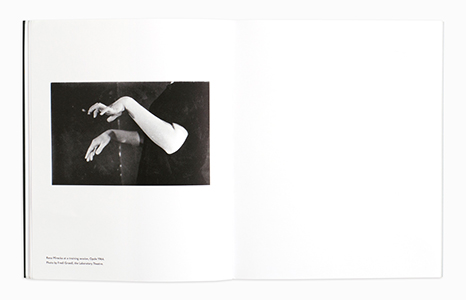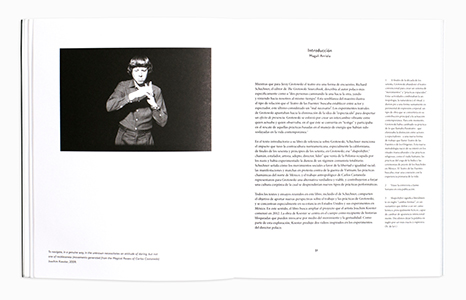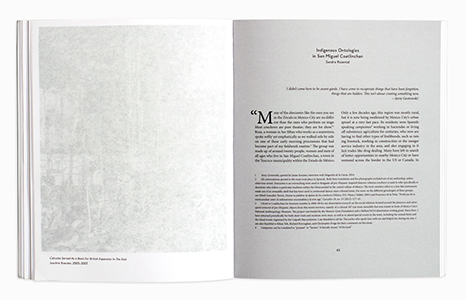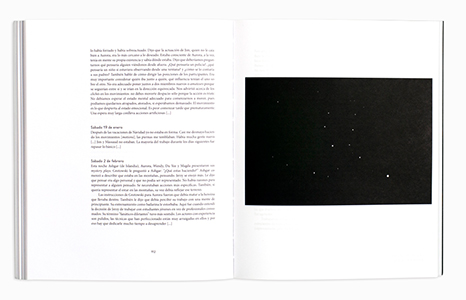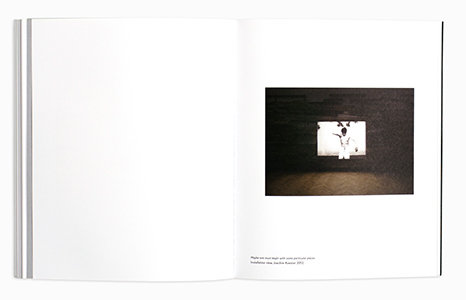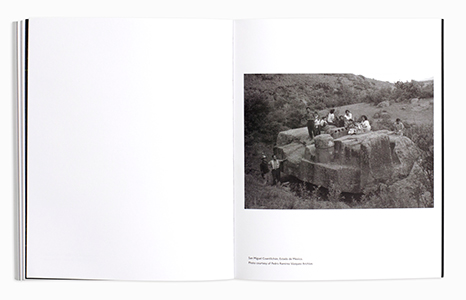Eugenio Barba refers to Grotowski's theatrical practice as an open ground for physical and psychological experimentation, where the actor seeks to transform himself into another man / woman (in front of the audience) or either transforms herself into an animal or an object. In Growtoski's sudden move from Paratheater to Theater of Sources in the late 1970's, Grotowski became interested in transcultural rituals and shamanic practices, such as voodoo practitioners in Haiti, Huichol Indians in Mexico, and Indian yogis. For Grotowski, ritual and theater depart from the concept of “ritual” in ancient civilizations, considered the first understanding of drama. As a result, Grotowski abandoned theater to create a system of “motions” and “spatial practices” that made him one of the main contributors to contemporary
performance, combining anthropology, nature, and ritual.
Koester's 16mm films seek to question and “re-create” the essential premises of the Polish directors writings and theatrical practice, by inviting former students and collaborators, to recreate Grotowski's system of spatial movements and exercises. For example in
Maybe one must begin with some particular places (2012), Koester filmed actor Juan Soriano—who collaborated with Grotowski and participated in Grotowski's 1985 work in Mexico. Performing one of Grotowki's theatrical exercises. Koester used the terrace of modern Mexican architect Luis Barragan house, as the set for the film, the connection between Barragan and Grotowski being conceptual rather than historical whereby both artists (Barragan and Grotowski) for Koester represent co-existing but very different versions of what could be called “technologies of the self”.
This publication, in collaboration with Koester, proposes to research and retrace the footsteps of Grotowski's trips to Mexico; the second, the opportunity to give a new perspective on Grotowski's persona and trips to Mexico, through the voice of historians, anthropologists, and former students, such as Jaime Soriano, who was interviewed specifically for this publication and spoke on subjects related to the two workshops Grotowski organized in Mexico. The first of these took place among the Huichol Indians in the remote Sierras of central Mexico, and the second was a happening that took place in an old warehouse in the proximity of Amecameca, Estado de Mexico. No evidence exists of what happened throughout the 14 days the work unfolded. What they did remains a mystery. If anything took place at all, how did Grotowski appear? What did he say?
Starting in the mid-1990s, Joachim Koester (born 1962 in Copenhagen, lives and works in Copenhagen and New York) developed an oeuvre that could be described as a complex web in which journalistic and historical research fuses with personal and fictive narratives. He belongs to an artists' generation whose practices are based on what Hal Foster once described as the “archival approach.” Balancing the thin line between documentary and fiction, Koester's films, photos, and installations reexamine and activate forgotten histories, failed utopias, and the obsolete. In his work, bygone counter-cultural movements reemerge in the same way that geographical and spiritual journeys are retraced.

